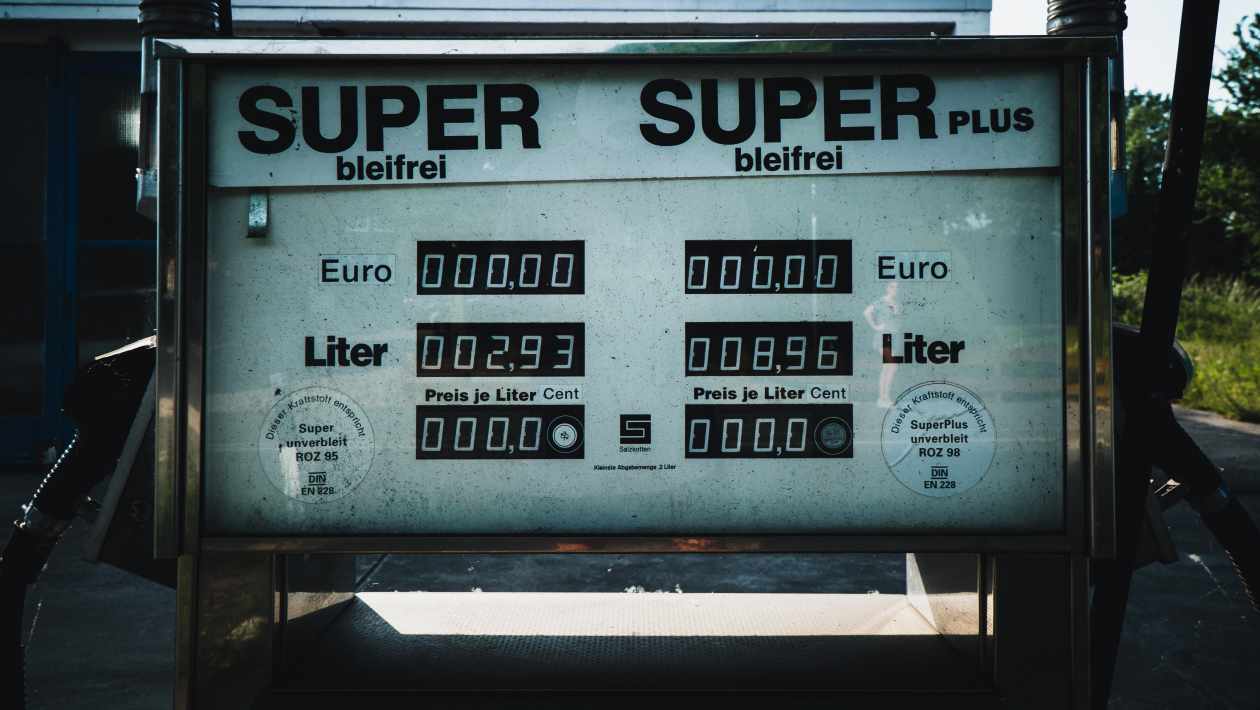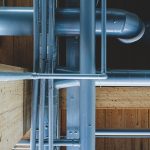A hydraulic pump is a kind of pump that is powered to convert mechanical energy into hydraulic energy. Hydraulic energy is formed by combining the pressure and flow that is required by the actuators for performing any type of useful work. Thus hydraulic energy consists of both the pressure as well as flow combined and both these are required for working since in the absence of one the other one cannot work. The pressure includes trapped fluid and the flow will not have any energy for moving the fluid alone.
The hydraulic pump becomes essential for pushing the fluid. The fluid is considered to be solid since it is transmitted throughout the machine and after that, it pushes on actuators to eventually move the load. There are several components in the hydraulic pump and some of the basic components that every hydraulic pump consists of are – pump housing or casing, impeller blades or pump shaft, or bearing assembly or sealing.
Working of Hydraulic pump
A hydraulic pump is considered to be the heart of a hydraulic system since it plays an essential role in converting mechanical energy into hydraulic energy. That is the reason why every hydraulic. There is various type of hydraulic pump available in the market that comes up with various size, shape, and method of operation. The hydraulic pump can be operated both manually and mechanically.
You can use the hydraulic pump for any type of application that requires low-pressure and high volume. With the help of this type of pump, the low-pressure fluid will be forced to flow at a higher speed which ultimately resulted in the flow of high volume fluid in a very less duration.
The weight of the fluid and the friction in the hydraulic pump are the resistance encountered and the pump is operated with the help of centrifugal force. The fluid that existed in the pump will be thrown by the rotating impeller blades of the hydraulic pumps for entering at the center of the pump housing to the outlet. The hydraulic pumps are used to create a smooth continuous flow but the problem is the resistance encountered due to which the flow will inversely affect the performance.
With the help of gas powered hydraulic power unit power can be delivered to the hydraulic pump, hydraulic chain saws, log splitter as well as other types of tools. It is highly useful to that place where electricity is not available. This is also called an engine-driven power pack which provides a higher flow rate than that of the DC hydraulic power unit. This type of system is able to provide a higher amount of force than that of the traditional or electrical or mechanical system. This type of system also allows hydraulic power for lifting as well as moving heavier loads in a smaller footprint. Apart from that, this kind of system can also provide precise movement as well as enough speed control over a huge range of speed and load weights.
Classification of Hydraulic pumps
There are two classifications of hydraulic pumps and they are:
- Hydrodynamic pumps: The hydrodynamic pumps have a non-positive displacement and can produce continuous flow. It does not provide a positive internal seal against the slippage and that is why the output that it produces varies considerably as the pressure varies. Some of the examples of this type of pump are centrifugal and propeller pumps.
- Hydrostatic pumps: The hydrostatic pump has positive displacement. The slippage of this pump is negligible as compared to that of the volumetric output flow of the pump. In case you plug the output port then the pressure will increase instantly. For each rotating cycle, this type of pump can displace the same amount of liquid. With this pump, it is also possible to deliver constantly during each cycle. This happens due to the close-tolerance fit between the pumping element as well as the pump case.
Ways to power hydraulic pump
Hydraulic pumps use to carry oil or any other kind of fluid from the reservoir or the tank to the other parts of the hydraulic system. The hydraulic pump mainly works on the basis of the principle of displacement. As per the principle of displacement, it is said that – “if any object remains immersed in a fluid wholly or partially then it is buoyed up by the force that is equal to the weight of the fluid which is displaced by the object.
In the hydraulic pump, the inlet, as well as the outlet, contains different check values. There is a check value located in the inlet of the pump and that will push the fluid from the reservoir or the tank into the pump. Apart from that, the hydraulic pump will also consist of an outlet that will be able to pump the fluid into the other parts of the hydraulic system. Hence, the vacuum that is created will be able to push the fluid into the pump inlet.
You can use an electric or motor or gas engine as a prime mover for rotating the shaft. Moreover, there are impeller blades that are located on the shaft and the surrounding fluid will be able to rotate along with the movement of the shaft. When the piston of the cylinder will be pulled a vacuum will be created inside the cylinder. The vacuum that is created will be able to close the outlet check valve as well as open the inlet check valve. After that, the fluid that exists in the tank or reservoir will enter the pump. Not only that, but it will also fill the cylinder partially. Again when you will push the piston of the hydraulic cylinder the molecules of the fluid will come closer and the inlet check valve will be closed. Due to this, the outlet check valve of the cylinder will be opened and the fluid will start flowing through it. This is how the hydraulic pump can be powered.











